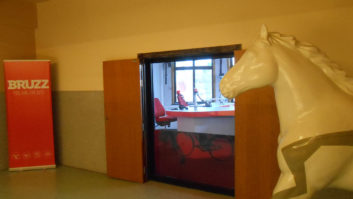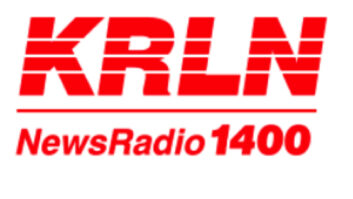The author is membership program director of the National Federation of Community Broadcasters. NFCB commentaries are featured regularly at www.radioworld.com.
One of community media’s great challenges is finding a way to reduce a station’s expenses while still staying local. Some recent moves by noncommercial outlets are worthy of review.
More nonprofit media organizations this year, than perhaps in recent memory, have announced compacts with other noncommercial media groups. The reasons are complex. Staffing, offices and the myriad operational costs for radio stations are rising each year. In addition, more managers are seeing the value of combining resources with other like-minded organizations. Case in point, the Ohio news coalition involving three public radio stations in the state. Finding friends in the content and engagement realms of radio service, as more leaders are finding, can prove to be beneficial.
[Read: Community Broadcaster: Peace, Love, Radio]
From a bottom-line standpoint, these unions are helping address basic questions of functionality. In one instance, Humboldt State University has opted into a short-term operational agreement with another noncommercial broadcaster based out of Sacramento. Another community station in Chico, not far from either, has also joined in. For both, and especially KHSU, where the outlet’s future is unresolved, involving another entity in the day-to-day projects could be attractive while other strategic issues are sorted out.
The combining of core operational endeavors is an emerging trend. In April, Illinois stations WGLT and WCBU struck up a programming and infrastructure agreement that began June 1. Through it, the stations would retain their call letters, formats and local presence. However, a host of personnel and news capacity would be merged under WGLT.

Noncommercial television and radio in Massachusetts made a similar deal the same month. Managers at the stations said this was less an effort to cut costs and was more intended to pool resources to be more competitive on the content side of their respective work.
Such collaborations are becoming more common. KPCC launching a new version of LAist, WNET taking over another online product, NJ Spotlight, and many more examples seem to be the way of the world at the moment.
Community radio has no shortage of statewide alliances, such as Ampers in Minnesota and Rocky Mountain Community Radio in Colorado. However, the sort of partnerships now on the rise in noncommercial media are foreign to most community stations. Why? The reasons such partnerships have not happened much in community media are as complicated as why larger public media organizations choose to go this route. Sometimes there are localism or job concerns. Sometimes there are worries about optics. As financial pressures and audience demands grow more persistent, though, such conversations are certain to happen more – albeit quietly — at community radio stations across the United States.
There are a variety of considerations to weigh in on if your station is looking to partner with another community radio station to share your resources. In some cases, the financial investment may be different, depending on each station’s size. If the collaborations will merge roles both stations have, there’s the thorny question of where reassignments can happen and, if shuffling is untenable, where reductions may occur. And, if your local partnership is aimed at combining your strengths to grow in new areas, your station may want to understand how the envisioned expansion will affect each partner, where costs are divided up, and where new people, if hires are part of the plan, will be located.
Of course, at community radio stations where resistance to such cooperation may linger, concern for how these conglomerations could affect the tenor and tone of an area station are absolutely fair. Any shared efforts have to center a station’s local interests and sound. Editorial autonomy and many conversations about shared values are a must among partner stations. Such endeavors are not easy, which could also explain why community radio has not taken much to them at this point. Turnover and resources are likely part of the reason, too.
Whether a sharing partnership is the right move for your community radio station, or if it is not, these sorts of models are changing the way audiences and organizations see collaboration. Innovations in this area may be important for your station to watch.
[Subscribe to our newsletter and get it delivered right to your inbox.]







